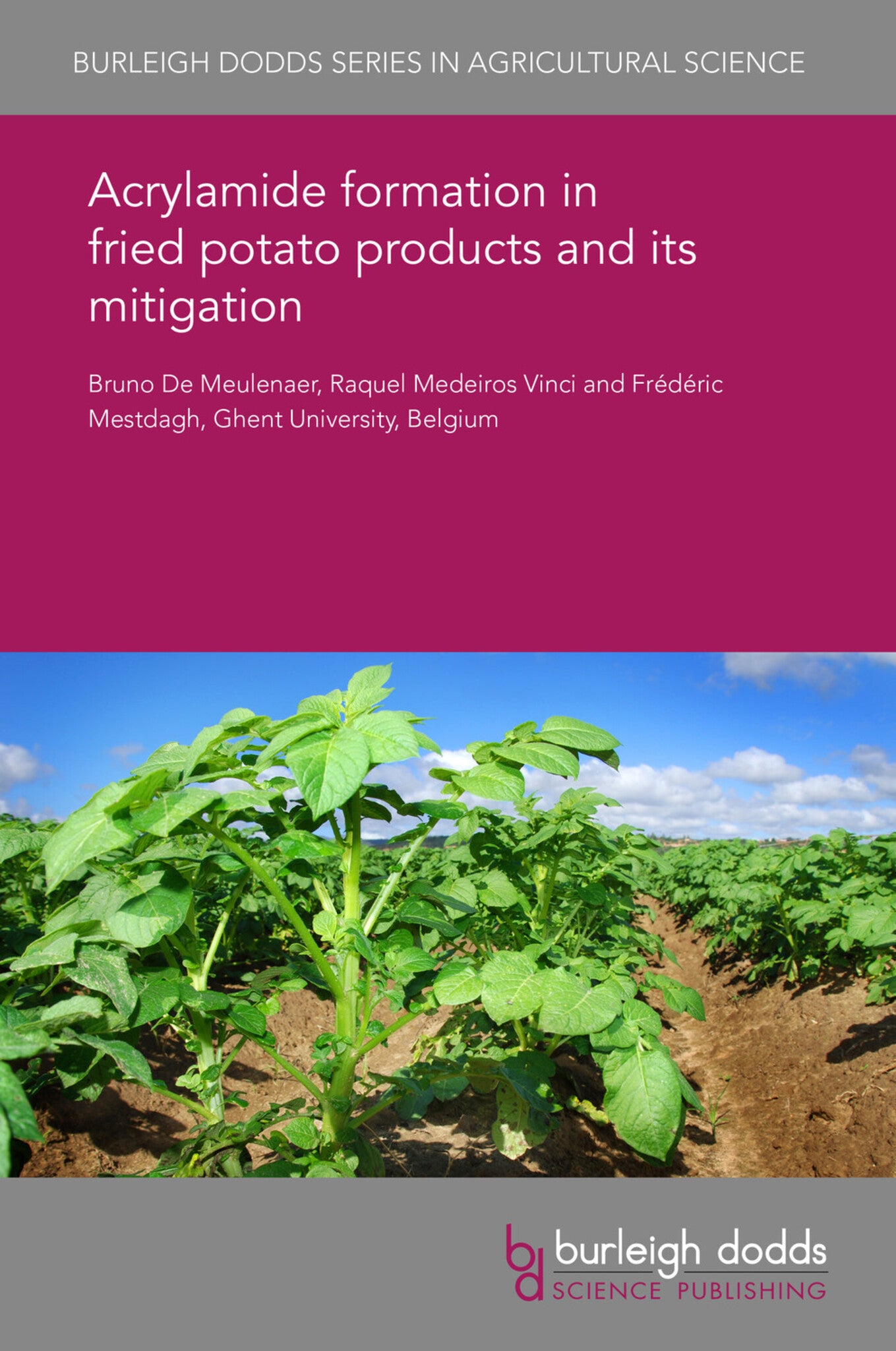We're sorry. An error has occurred
Please cancel or retry.
Acrylamide formation in fried potato products and its mitigation

Some error occured while loading the Quick View. Please close the Quick View and try reloading the page.
Couldn't load pickup availability
- Format:
-
07 September 2018


TECHNOLOGY & ENGINEERING / Agriculture / Sustainable Agriculture, Agronomy and crop production, TECHNOLOGY & ENGINEERING / Agriculture / Agronomy / Crop Science, Sustainable agriculture, Organic farming

1 Introduction 2 Overview of acrylamide formation and dietary exposure 3 Health risks and risk assessment 4 Factors affecting acrylamide formation and mitigation strategies: before harvesting 5 Factors affecting acrylamide formation and mitigation strategies: from storage to frying 6 Factors affecting acrylamide formation and mitigation strategies: use of additives or processing aids 7 Additives or processing aids: from lab tests to the industrial scale
8 Evolution of risk management 9 Future trends 10 Where to look for further information 11 References



